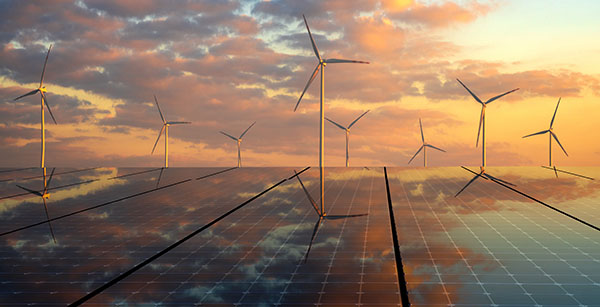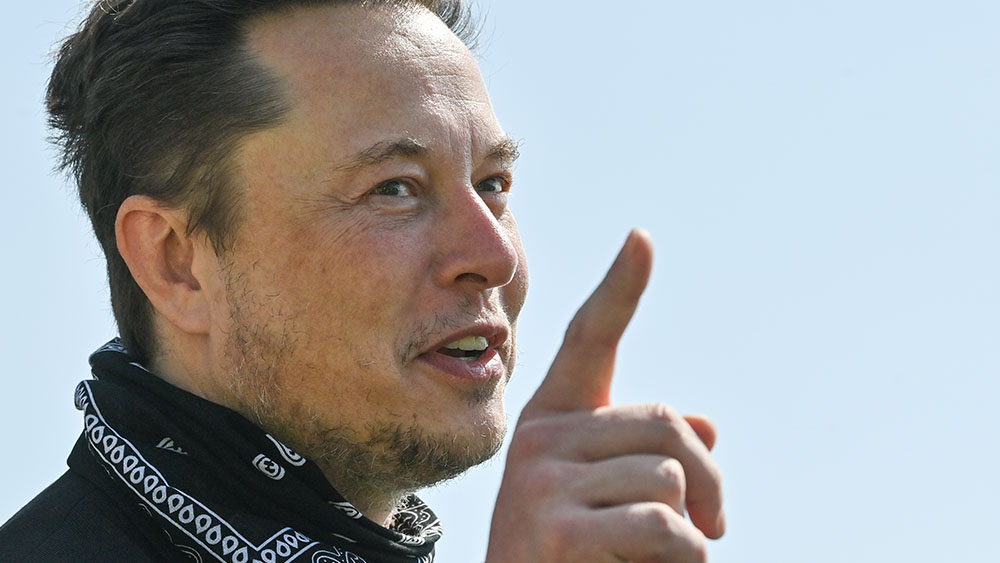The nationalist clatter last week around the possible sale of Teck Resources of Vancouver to Swiss mining giant Glencore reflected the new official Canadian corporatist approach. As a key global player in the business of producing “critical minerals” — copper, zinc, molybdenum — Teck is seen as a vital cog in the wheel of economic fortune swirling around the net-zero objectives.
 Parler
Parler Gab
Gab
Both minister’s signed a letter in defence of Teck Resources as a national corporate champion. Teck, they said, is “of central importance to our country as we expand our critical minerals value chain and build a clean economy.”
But exactly how clean and green is the net-zero economic strategy? It’s a question raised in a revealing commentary by veteran Canadian environmental journalist Andrew Nikiforuk. Writing in The Tyee, a Vancouver-based online publication, Nikiforuk reviews the work of academics and a “rising chorus of renewable energy skeptics” who believe that the great transition to a renewable energy future is a green techno-dream that is “vastly destructive.”
Nikiforuk is not writing for NetZeroWatch, the insightful climate and renewable energy skeptic website operated by the Global Warming Policy Forum in London. Nor is he in the same camp as anti-renewable author Alex Epstein, whose book, Fossil Future, rips the renewable alternatives and champions oil and gas. At The Tyee, Nikiforuk continues his work as an anti-fossil-fuel environmental writer whose books include Tar Sands: Dirty Oil and the Future of a Continent, and The Energy of Slaves: Oil and the New Servitude.
In his new commentary, which has received far too little attention in the media and among policy-makers, Nikiforuk spares no one and pulls no punches. “For largely ideological reasons,” he writes, “many greens and ‘transitionists’ have presented the transition to renewables as a smooth road with no potholes.” Drawing on the work of an array of analysts and scientists, Nikiforuk describes the destructive forces that will be unleashed by the global push to replace fossil fuels.A dirty wake-up call from the environmental left
Much of the impact of the renewable crusade should be obvious. Solar panels, wind mills or electric cars cannot be built without mining more copper, lithium, iron and aluminum. “That means vastly more destructive scraping and digging of ocean floors, rainforests and tundras on a scale inconceivable to most environmentalists.”Nikiforuk then lists some of the inconceivable, citing various sources, including Simon Michaux at Finland’s Geological Society. Michaux calculates that to replace 46,423 power stations run by oil, coal, gas and nuclear energy would require the construction of 586,000 power stations run by wind, solar and hydrogen.
Another example: “Every electric vehicle contains about 75 kilograms of copper or three times more than a conventional vehicle. A single wind turbine generally contains 500 kilograms of nickel. That nickel requires 100 tonnes of steelmaking coal to be refined. And every crystalline silicon solar panel contains 20 grams of silver paste. It takes 80 metric tons of silver to generate approximately a gigawatt of solar power.”
On copper, Michaux states that current copper reserves at 880 million tonnes are equal to approximately 30 years of production. “But industry will need 4.5 billion tonnes of copper to manufacture just one generation of renewable technologies,” he estimates. “That’s six times the volume of copper mined throughout history.” No wonder Glencore wants to get its financial paws on Teck Resources’ copper operations in South America and Canada. Nikiforuk’s summary of the work of renewable skeptics outlines the reasons green enthusiasts and activist politicians should put a yellow light over their critical mineral campaigns, as should the bands of corporate activists eager to capitalize on being green.The ideas of renewable skeptics lead logically to an even more troubling implication. If fossil fuels are destructive, and renewable alternatives are maybe even more destructive, then what? The only option left is some anti-development strategy. Growth is bad, no matter how it’s pursued, which means we need de-growth and depopulation.
That conclusion would be the logical outcome that arises out of the underlying green environmental premise, which is that humans are enemies of nature. For those of us with a different perspective on human existence, the real alternative is to scrap both the anti-fossil and the anti-renewable movement and get on with the business of improving the lives of humans.
Read more at: FinancialPost.com
New Twitter CEO Linda Yaccarino is a globalist and a supporter of medical tyranny
By Ramon Tomey // Share
The Disinformation Governance Board is out. The “foreign malign influence center” is in
By News Editors // Share
Daniel Penny raises $1.5 million after being charged in death of Jordan Neely
By News Editors // Share
Most “covid” deaths were actually VENTILATOR infection deaths, study finds
By Ethan Huff // Share
Governments continue to obscure COVID-19 vaccine data amid rising concerns over excess deaths
By patricklewis // Share
Tech giant Microsoft backs EXTINCTION with its support of carbon capture programs
By ramontomeydw // Share
Germany to resume arms exports to Israel despite repeated ceasefire violations
By isabelle // Share










